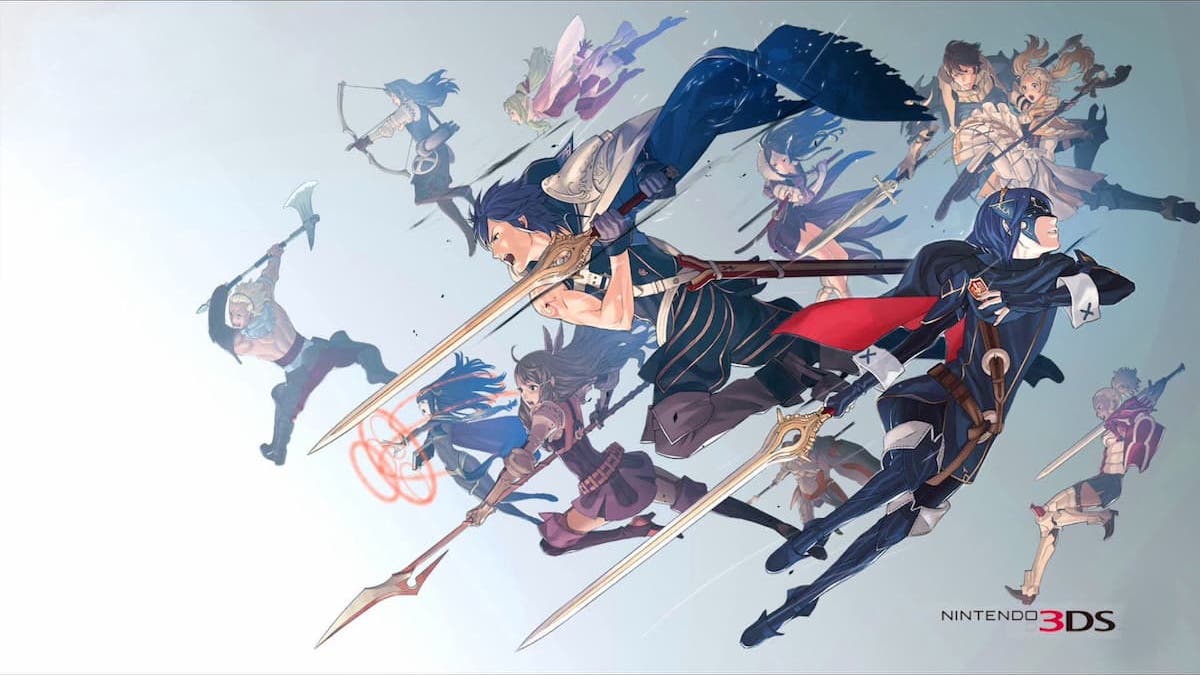It may be hard to believe, but today marks 10 years since Fire Emblem Awakening was released in the U.S. The legend behind its development has been told ad nauseam, to the point where details have become somewhat muddied and embellished. To oversimplify a complex situation, the series had historically underperformed commercially, leading to an expectation that this entry on the 3DS would serve as a swan song.
During a 2015 Iwata Asks interview, then-Nintendo president Satoru Iwata spoke with staff who had worked on the game, including producer Hitoshi Yamagami.
“To be honest, when we made Awakening, we intended it to be the last in the series,” Yamagami explained. “[Shinji] Hatano-san, who was working as the head of the sales department, he said ‘The Emblem series isn’t making the numbers, so this is going to be the last one.'”
Such a foreboding creed might discourage some, while the team behind Awakening saw it as an opportunity to implement as many mechanics and features as they could possibly fit on the cartridge.
“…the members said ‘This is going to be the last one, so let’s put in everything we want so we don’t have any regrets,'” Yamagami continued. “Then we had a big list of different things, ‘I want to do this’ and ‘I wanna do this,’ and the result was Awakening.”
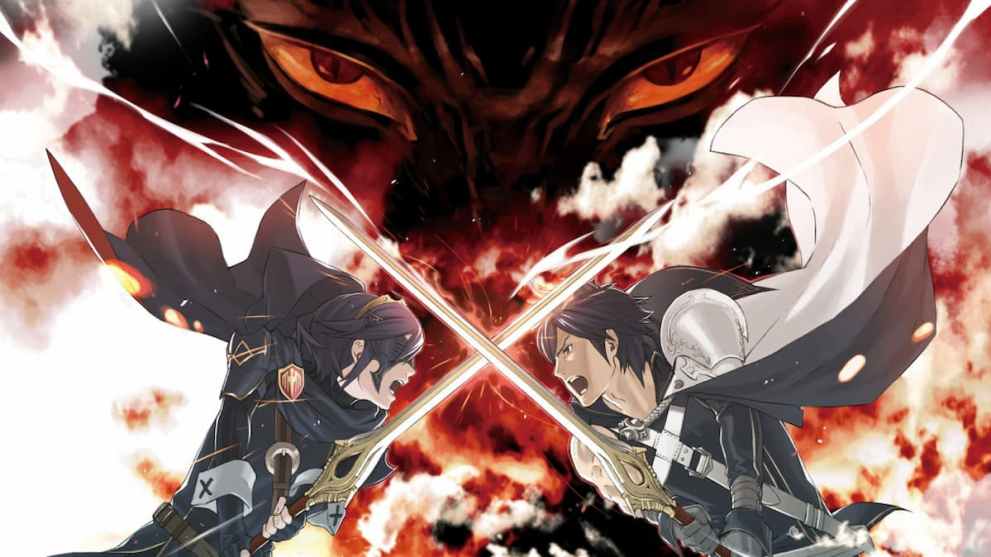
Set in a distant future where the iconic continent of Archanea bore only a passing resemblance to its former self, Fire Emblem Awakening starred Chrom, Prince of Ylisse, whose band of Shepherds happens upon a mysterious fallen figure one fateful day. The subsequent partnership with this avatar character would see the team travel to neighboring kingdoms and beyond to prevent a tragic future from taking place.
Several cast members, including Chrom, his daughter Lucina and Robin (the default name of the avatar), would fast become favorites in Fire Emblem history, and the game itself introduced several mechanics that rocked the tactical formula in one way or the other. These included but were not limited to, pairing units up to boost their offensive and defensive capabilities, the option to disable the trademark permanent death function, and a distinct emphasis on character romances and the resultant offspring.
Though some of these notions had been dabbled with in the past, the mindset behind Awakening was that this would be their last chance to flesh them out. The result was hours upon hours of mission planning — not on the upcoming battle, but on whether Sumia’s marriage to Gaius would benefit their daughter Cynthia enough to justify their love.
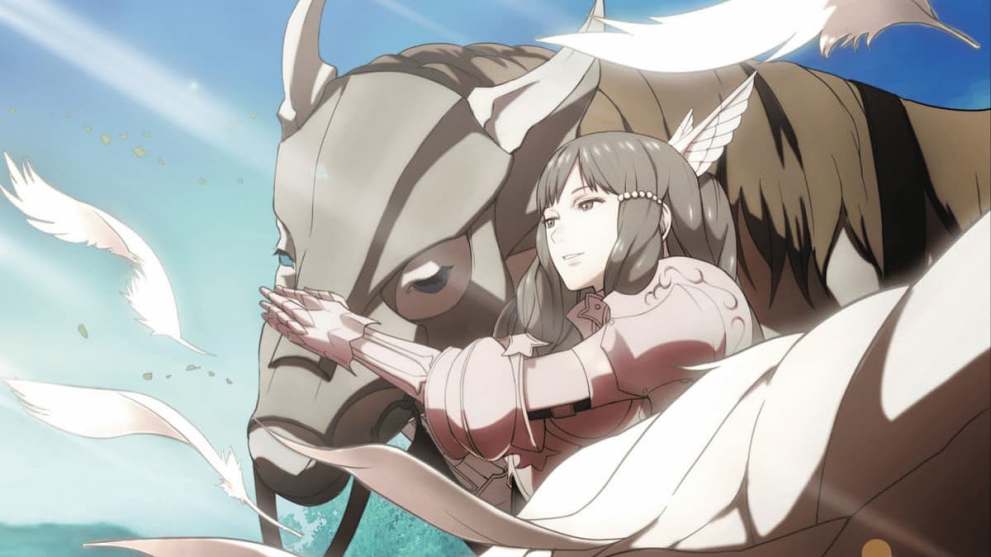
Between a narrative that involved time travel, 43 playable units, and additional content provided as DLC, it was clear that the teams at Intelligent Systems and Nintendo SPD had given it their all. If this was truly to be the end of Fire Emblem, they had gone out in a manner befitting of its prestigious lineage. It launched in Japan in April 2012, and all eyes turned toward the market response.
The critical reaction was glowing, with an aggregate score of 92% based on reviews compiled on Metacritic. More importantly, however, was the fact that it shifted more units than they had hoped, moving quickly in the first few weeks and landing amongst Japan’s top-selling games of 2012.
When it arrived in the U.S. in January 2013, it performed similarly well, shifting 180,000 units in the first month — bolstered by strong digital sales, of which 63,000 were included.
Lifetime sales of Fire Emblem Awakening are believed to exceed 2 million units, creating a groundswell of franchise intrigue and ensuring future titles would follow. By these same metrics, both Fire Emblem Fates on the 3DS and the Nintendo Switch’s Fire Emblem: Three Houses would go on to eclipse these numbers.
The legacy set by Fire Emblem Awakening, quite simply, cannot be understated. Had it not brought the franchise back from the brink, Nintendo would not have found its cash cow of Fire Emblem Heroes; a mobile juggernaut with all-time global player spending that has surpassed $1 billion since it first launched in February 2017.
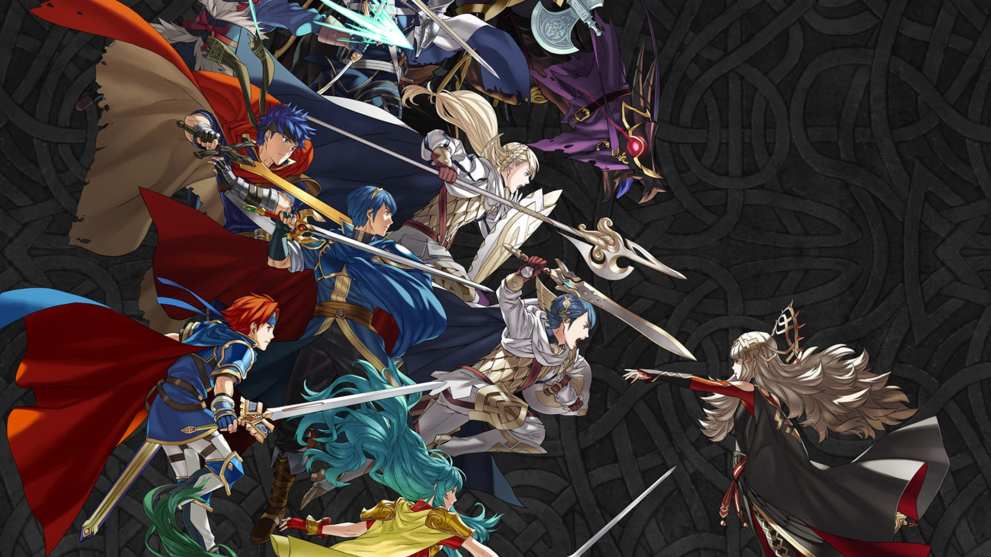
More personally, however, Awakening allowed new players to discover why its small yet passionate fanbase had been singing its praises for years. It appeared twice when Twinfinite editors were asked to list their favorite games of the 2010s.
“One of the most engrossing strategy titles I’ve ever played, Awakening had literally everything that made the series great,” said then-senior editor Hayes Madsen.
The other editor who spoke on its values? That’d be me, and it would be super awkward to quote myself. Instead, I’ll simply reflect further on what Fire Emblem Awakening meant; that is to say, an all-accessible strategy game in a genre with a notoriously high skill entry level. Though some may feel as though its concessions cheapen its appeal, I reject such notions of gatekeeping.
If someone wants to play Fire Emblem wrong in a way that suits them, that’s their prerogative. Subsequent titles have gone so far as to even allow individual turns to be reset, allowing gamers to enjoy the experience without having to agonize over every minute calculation. Since it debuted the Wii in 2006, Nintendo had been working hard to make gaming more inclusive, and though Fire Emblem Awakening isn’t exactly going to be a hit in retirement homes, it would still serve as a starting point for tactical novices.
As far as creative vision goes, Awakening’s story and characters were ambitious in a way that the series had never approached before. Technical limitations had hindered the scope for dialogue in preceding entries, of course, and yet the expanded battalion of Ylisse felt so alive and intriguing. Many of them skewed towards tropey, but there was a lot to like about that approach, particularly in support conversations that placed these wacky dynamics across from one another.
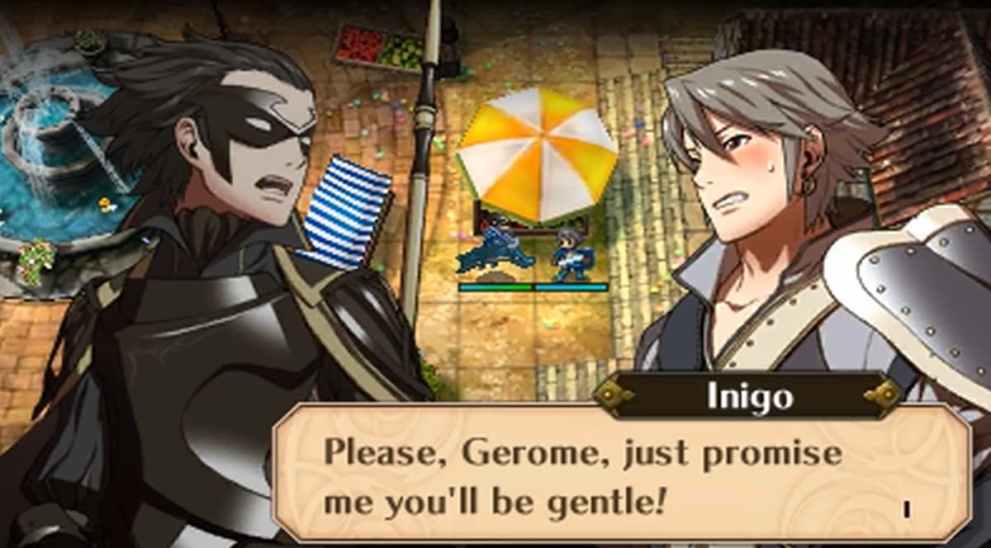
Impressive sales figures notwithstanding, 2015’s follow-up trinity of adventures, Fire Emblem Fates, was not so universally acclaimed. Most would cite its flimsy narrative and tepid main character as its biggest transgressions, but I feel as though the primary reason that it failed to live up to Awakening’s standards is because it lacked an understanding of the fine line between content and bloat.
You like the expanded roster? Have 61 soldiers at your fingertips! You like the accessibility? Try Phoenix Mode, which revives fallen units on the very next turn. You like the marriage mechanics? They’re back, and now you can share your castle with your ambiguously aged spouse.
To Fire Emblem purists, Awakening was perhaps already trying to do too much to appease everyone, though this was very much by design; walking a razor-thin edge that amplified the series’ strengths, for the most part. It resonated with veterans and newcomers alike, boldly setting forth on a thankless final quest to uphold the spirit of a flagging franchise.
Nowadays, fans don’t have to hold their breath in nervous anticipation over whether each new entry could be the last. Marth and his ilk are “made men”, with musou spinoffs and niche crossovers, and cosplaying skeletons. The latest addition, Fire Emblem Engage, is enjoyable if not unspectacular, and selling reasonably well since its launch in January. It’s not quite Three Houses figures, but it’s a far cry from the days when the titles were little more than obscure curios for strategy gaming specialists.
Though Fire Emblem Awakening may have been released in the U.S. 10 years ago today, its rock-solid foundation and defiant ambitiousness make it a must-play. Antiquated as the now-defunct technology of the 3DS may seem, once you have started putting your militia into action, you’ll shock yourself with how quickly you find yourself engrossed.
Just… please, for the love of all that is holy, think carefully about who you end up pairing Nowi with. You don’t want to make it awkward for the whole army, now do you?
